Beautiful Looks!
Review Summary
The GAMDIAS Athena M6 White offers a solid set of features in this price range with some stunning A-RGB light show from the fans and the strips at the base. The case has unrestricted airflow and offers a spacious layout for your build requirements. It comes recommended by us.
Hours Tested: 14
Overall
-
Design - 9/10
9/10
-
Build Quality - 8/10
8/10
-
Features - 9/10
9/10
-
Cooling Provision - 8.5/10
8.5/10
Pros
- Stylish look
- Non-tinted Glass panel
- 4x A-RGB PWM fans pre-installed
- Magnetic Dust Filter on top
- Adequate Cooling
- Perforated Mesh Front Panel
- Under-glow effect
- LED Button
Cons
- No RPM reading of the pre-installed fans in the BIOS
- Inconvenient installation of standoffs
- Fans are noisy
- Flickering LEDs
GAMDIAS has introduced new PC Cases. Today I’ll be taking a detailed look at the Athena M6 White edition which we have received for testing. GAMDIAS has focused on airflow and RGB lighting in particular for the Athena M6 series cases. This case is available in the black and white edition. It is a mid-tower case that is still spacious enough thanks to a much wider depth.
Key Takeaways
- The Gamdias Athena M6 White is perfect for anyone looking for a mid-tower PC for their white-themed PC build.
- The Gamdias Athena M6 White is not for users who want to benefit from USB 3.0 ports on the front I/O.
- The Gamdias Athena M6 White comes with four pre-installed RGB fans, RGB lighting, as well a proper cable management system for an uncluttered experience.
- Why you can trust Tech4Gamers: Our reviews are based on dedicated hands-on testing by our team of experienced hardware experts. Find out more about how we test.
Take a look at the specifications of the GAMDIAS Athena M6 White.
| Product | GAMDIAS Athena M6 White |
| Case Type | Mid-Tower ATX |
| Expansion Slots | 7 |
| Motherboard compatibility | E-ATX (max 285 mm)/ ATX / mATX / Mini-ITX |
| Material | SPCC & ABS & Tempered glass |
| Window | Left |
| Radiator Support | Top: 240mm / Front: 360mm、280mm、240mm / Rear: 120mm、140mm |
| Fan Support | Top: 2 x 120mm 、2 x 140mm / Front: 3 x 120mm、2 x 140mm/ Rear: 1 x 120mm / 1 x 140mm |
| Pre-installed Fans | Front: 3 x 120mm ARGB PWM Fans(Compatible with AEOLUS Box) / Rear: 1 x 120mm ARGB PWM Fan |
| Drive Bays | 2 x 3.5″ or 1 x 2.5″+1 x 3.5″(HDD Cage) / 2 x 2.5″ |
| Bottom fan | 2x 120/140 mm |
| I/O Port | USB 3.0 x1、USB 2.0 x2、HD Audio x1、LED control x1 |
| Clearance | CPU cooler height limitation: 190mm VGA length limitation: 340mm PSU length limitation: 180mm |
| Dimension (L x W x H) | 410 x 230 x 477 mm |
| Net Weight | 5.89 kg / 12.99 lb |
Packaging and Unboxing
The chassis is shipped inside a standard brown color cardboard box.
Closer Look
Let’s take a closer look at the exterior of the chassis.
Front
Starting with the front of the case.
The front panel boasts a pillared-shape panoramic view, completely perforated for optimal airflow. A prominent GAMDIAS metal logo adds to the eye-catching design. The lower section features a slotted area, though not perforated. Both sides of the front panel have ingress with perforated slots underneath, emphasizing unrestrictive airflow.
To remove the front panel, simply place your hand at the base and pull it out, revealing the mesh perforation. While GAMDIAS claims it acts as a dust filter, our opinion differs. Behind the panel, you’ll find 3 pre-installed 120mm A-RGB fans with translucent blades and LEDs in the center. These PWM fans connect to the proprietary GAMDIAS hub at the rear via a single cable each. The front supports 120mm and 140mm fans/radiators.

The Athena M6 features a non-hinged tempered glass panel on one side. To access it, I slide it back until it’s released from the lock, then pull it out. Fortunately, the glass is not tinted. Covering the top chamber, it rests on the PSU side cover, a practical design choice that we’ll explore shortly.
Rear
The rear follows a standard layout with a motherboard IO shield cutout and a vented area for a 120mm/140mm fan mount. A preinstalled A-RGB 120mm fan is fixed without height adjustment.
I noticed 7 reusable vented PCIe slot covers with raised ends outside the chassis. Securing the non-glass side panel are 2 non-captive thumb screws. There’s an ATX PSU mount at the bottom, and a PCIe cover is secured with a single thumb screw, requiring removal for installing/removing PCIe devices.
Bottom

A removable non-magnetic dust filter is located under the PSU vent, a practical feature. Notably, the case boasts underglow with 3 A-RGB LED strips under diffusers, each secured with 2 screws. An opening on the far right side allows users to easily pull the front panel.
The HDD cage is secured to the frame with 2 screws. In my view, placing the HDD cage screws in the bottom chamber would make removal and installation more convenient. The feet elevate the case by approximately 30mm, essential for ample airflow and to accommodate the full-scale underglow effect.
Top
Looking at the top side, there is a vented portion on the right side with a magnetic dust filter. We have 120mm/140mm fan mounts (rail system for placement adjustment) here. The front IO panel is also located in the top section. One good aspect is that GAMDIAS has implemented the top mounting in an offset design making more room for the motherboard tray. This will give more RAM height clearance.
The top frame of the chassis features an I/O panel with LED indicators, audio jacks, 2 USB 2.0 ports, a power button, 1 USB 3.0 port, an LED button, and a reset button for various connectivity options.n
Interior
Let’s take a look at the interior of the chassis.

The above picture shows the case after removing the side panel. The two-chamber design is apparent here. The PSU has a side cover as well. This side cover is removable which is a wise implementation. The cover is a bit protruding towards the exterior. This design has provided a resting area on which the tempered glass panel is rested. Overall tooling seems pretty much standard. In fact, it is almost similar to Apollo E2 Elite.

Only 6 standoffs are pre-installed, and frustratingly, there’s no socket wrench in the accessory box for the remaining 3, a hassle for ATX motherboards. The case accommodates mini-ITX, micro-ATX, and ATX sizes. Installing a CPU cooler is convenient thanks to a large cutout. Top cutouts facilitate cable management, while 2 vertical cutouts on the motherboard tray aid in cable routing
The far-right area supports 2.5” drives, accessible from the backside. A 35mm gap above the chassis frame and 45mm displacement from the fan/radiator mount showcase RAM height compatibility. The case supports 240mm and 280mm on the top. The PSU shroud’s top is vented with 120mm and 140mm fan mounting holes. Cutouts near the motherboard tray ease cable management.
The side cover, secured with 2 screws, has a potential cable tie point, holding the lower frame of the panel.
The above picture shows the 2x 120mm fans placed on the PSU vented cover. The user can also install 2x 140mm fans.
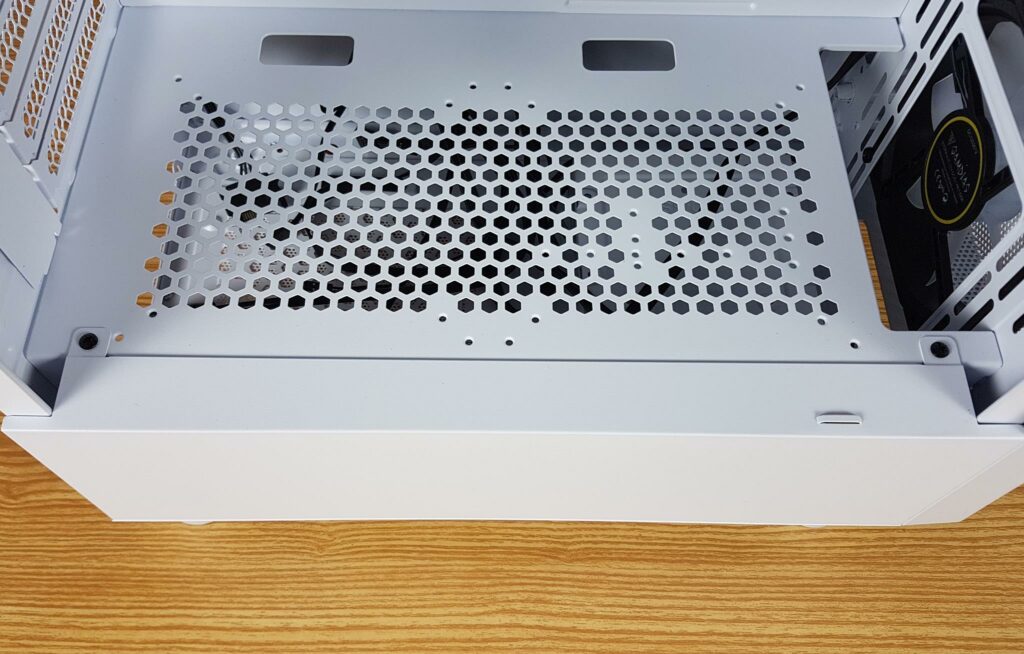
The above picture shows the PSU area after removing the side panel. There is an 11mm gap between the PSU cover and the frame side of the case. Notice the cutout on the far right side. The user can utilize this space for any cable management as well.
There is a black color A-RGB 120mm PWM fan on the rear. All the 4x pre-installed fans have proprietary connectors. The second picture shows the PCIe cover slid from the rear of the case.
The case features a 7 PCIe slot design with vented and reusable covers. These covers align with the frame, creating protruded angled slots on the rear. The picture above displays the PCIe cover slid for easy installation of PCIe devices.
Upon further inspection, I see the front fan mount provision with a rail system for the radiator/fan. The A-RGB 120mm fans are already on the front of the rail, providing good clearance from the main component layout. Up front, there’s a 39mm gap on the PSU shroud, perfect for a 360mm radiator. However, the tight space constraints in the lower chamber limit options as the PSU mount and HDD cage are fixed. The gap is specifically designed for the radiator.
Following is the support for the cooling in this case:

Backside
Let’s take a look at the other side of the case.

The GAMDIAS APOLLO E2 ELITE is a compact mid-tower chassis. The above picture shows the side after opening for the first time. The cables are tucked and secured on the cable tie points. We have roughly 14mm cable management space. We clearly have less space to work around for the cables. We have a total of 11 cable tie points. The user can install up to 3x 2.5” drives. This is a dual chamber layout.

The lower chamber has an HDD cage and a PSU mount. We have the following clearance for the PSU with the cables:
- 205mm in stock configuration
- 346mm with HDD cage removed
There is no tool-less mounting in the HDD Cage as there is no caddy provided. The user can install 1x 3.5” drive and 1x 2.5” drive (on top) or 2x 3.5” drives in the HDD cage.
There are two raised surfaces on both sides with black color anti-vibration pads. The PSU is placed over these surfaces and PSU is slided from the side for its installation.
We have the following cables coming out of the front IO panel:
- USB 3.0
- USB 2.0
- HD Audio
System panel connectors.

There is a Fan hub pre-installed on the backside of the motherboard tray. It can house up to 6x fans. 4x pre-installed fans are already connected to the hub.
The hub is SATA powered. There is a 4-pin PWM connector that will control the speed of all connected fans to the hub.
There is a 3-pin A-RGB, 5V standard connector which can be used to sync the lighting of the fans and the underside strips to the motherboard. GAMDIAS has provided a 3-pin connector for older GIGABYTE boards as well.
Test Build and Experience
We started with installing 3x standoffs. Thankfully, we are equipped with the proper tools. GAMDIAS has not provided any socket wrench for the standoff installation which is required. The third standoff could not be installed properly due to high resistance from the hole. We ended up disregarding that standoff. Gamdias needs to address this issue.
Here are lots of pictures for our readers of the Build. If you copy these images, make sure to credit Tech4Gamers.
Testing
The following test build has been used for thermal testing:
- GIGABYTE Z690 AERO G
- Intel i7 12700k [4.7GHz all P-cores,1.160V]
- DeepCool AK400 White
- GIGABYTE GeForce RTX 3060 VISION OC 12G
- Sabrent Rocket DDR5 32GB Kits
- Sabrent Rocket Q 500GB NVMe SSD
- DeepCool DQ-750-M-V2L-WH
We used the Noctua NT-H1 thermal paste. The AIDA64 Engineers edition was used to stress the CPU using FPU and the graphics card at the same time. The following configurations have been tested and reported in the graph:
- Stock Configuration [Front Panel installed]
- Front Panel Removed
There was no RPM reading in the UEFI/BIOS for the pre-installed 120mm fans and they were running at full speed. The fan on the air cooler was set to run at full speed as well.
Let’s take a look at the results.
| Stock Configuration | Ambient | Idle | Load |
| CPU | 36°C | 38°C | 85°C |
| GPU | 36°C | 48.9°C | 65°C/77°C (GPU/Hot Spot) |
| Front Panel Removed | |||
| CPU | 36°C | 38°C | 84.6°C |
| GPU | 36°C | 48.2°C | 64°C/77°C (GPU/Hot Spot) |
We have reported absolute temperature. The average of the CPU cores‘ temperature values was taken. The difference in the CPU temperature with and without the front panel is less than 1°C for the CPU and exactly 1°C for the graphics card which is well within the acceptable margin. The pre-installed 120mm A-RGB fans are quite noisy at full speed.
Should You Buy It?
After testing, I’ve listed a few points one should consider before purchasing the case.
Buy It If:
✅You are building a white-themed PC: The Gamdias Athena M6 white makes for a perfect fit for a white PC build thanks to its excellent build quality and RGB lighting.
✅You want a case with pre-installed fans: The Gamdias Athena M6 White comes with four 120mm fans.
✅You prefer RGB lighting: The Gamdias Athena M6 White comes with RGB fans along with an RGB strip at the bottom.
Don’t Buy It If:
❌You want to benefit from USB 3.0: Unfortunately, the Gamdias Athena M6 White only has USB 2.0 ports.
❌You want a silent experience: In my testing, the bundled 120mm fans proved to have a higher overall noise output, which might not be ideal for some users.
Conclusion
GAMDIAS introduces the Athena M6, a sleek PC case available in black and white with dimensions of 410x230x477mm. Constructed with steel, plastic, and tempered glass, it weighs 5.89 kg. Notably, the chassis features a magnetic dust filter on top and a non-magnetic one below, and GAMDIAS claims the perforated mesh front panel acts as a dust filter.
The absence of a socket wrench for installing 3x standoffs is a minor setback, but overall build quality and experience are commendable. Cable management is efficient with some effort. Priced at USD 89.90, the Athena M6 offers good value. Contrasting with the APOLLO E2 ELITE, it boasts reusable PCIe covers, 4x 120mm A-RGB fans, unrestricted airflow, and under-glow effects
Testing the case’s thermal performance with a budget cooler on the i7-12700K yielded positive results, affirming its capability for effective ventilation. The GAMDIAS Athena M6 impresses with its features, build quality, and thermal performance at a reasonable price. My experience with it was positive, and I appreciated the thoughtful design and functional aspects.
We are grateful to GAMDIAS for the provision of Athena M6 White.
Recent Updates
- January 21, 2023: Few text changes to improve readability.
Thank you! Please share your positive feedback. 🔋
How could we improve this post? Please Help us. 😔
Feedback By:
[Hardware Reviewer & Editor]
Meet Nauman Siddique, a highly experienced computer science graduate with more than 15 years of knowledge in technology. Nauman is an expert in the field known for his deep understanding of computer hardware.
As a tech tester, insightful reviewer, and skilled hardware editor, Nauman carefully breaks down important parts like motherboards, graphics cards, processors, PC cases, CPU coolers, and more.
- 15+ years of PC Building Experience
- 10+ years of first-hand knowledge of technology
- 7+ years of doing in-depth testing of PC Hardware
- A motivated individual with a keen interest in tech testing from multiple angles.
- I majored in Computer Science with a Masters in Marketing
- Previously worked at eXputer, EnosTech, and Appuals.
- Completed Course in Computer Systems Specialization From Illinois Tech


 Threads
Threads
















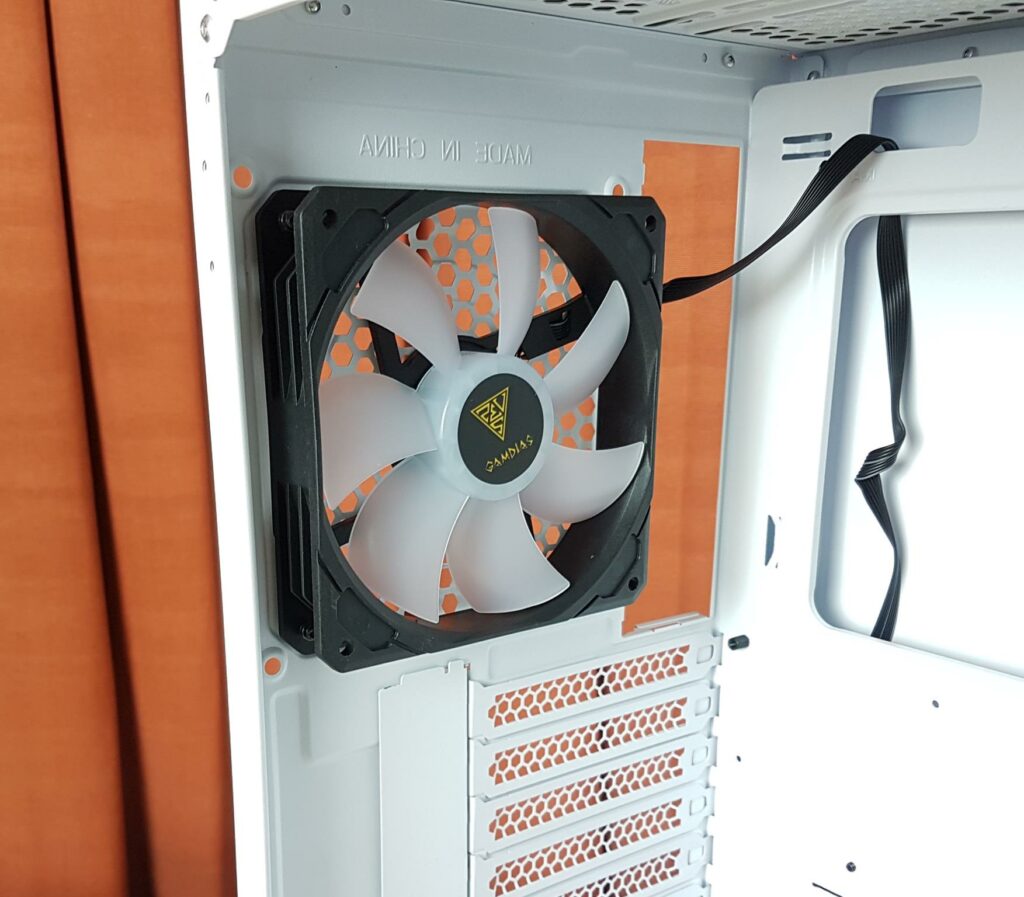







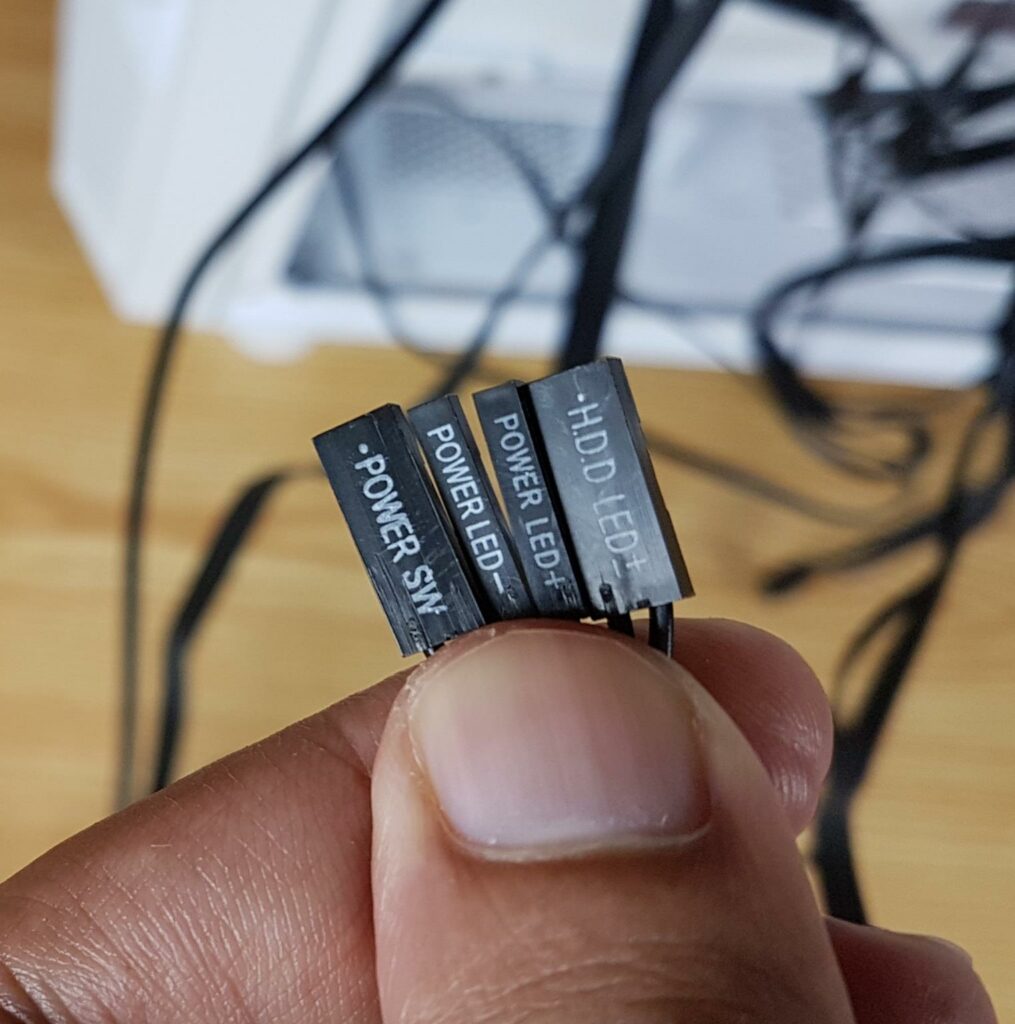

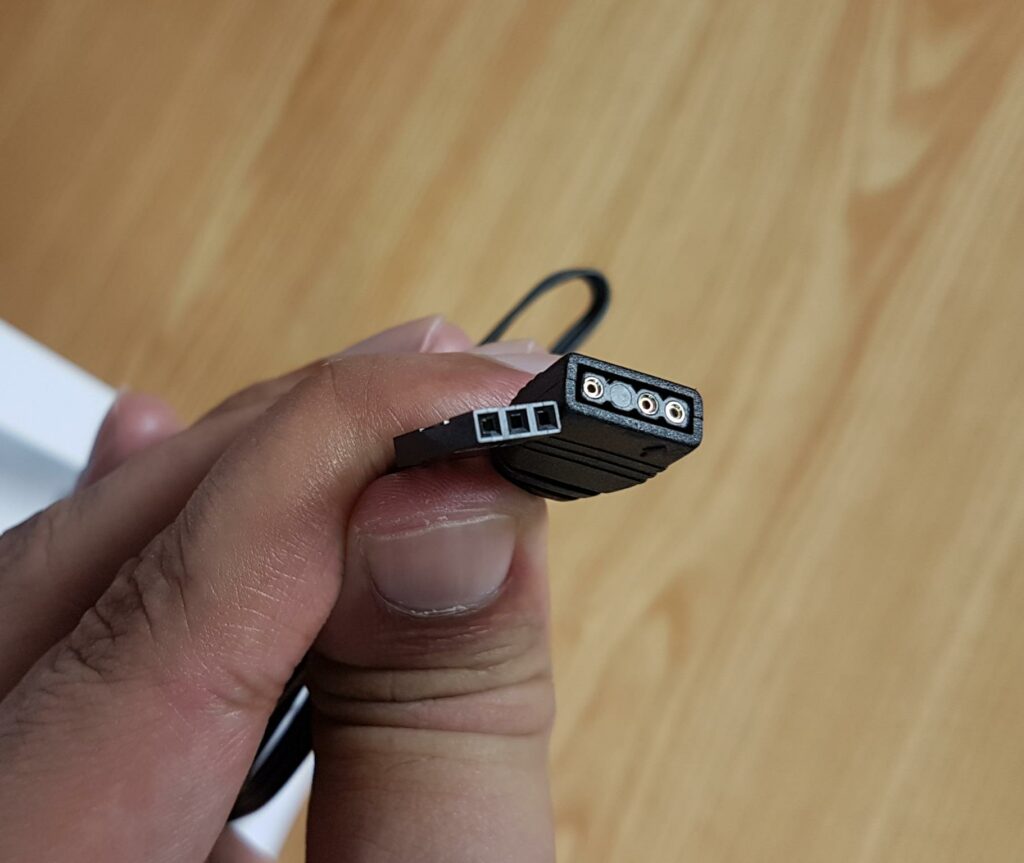

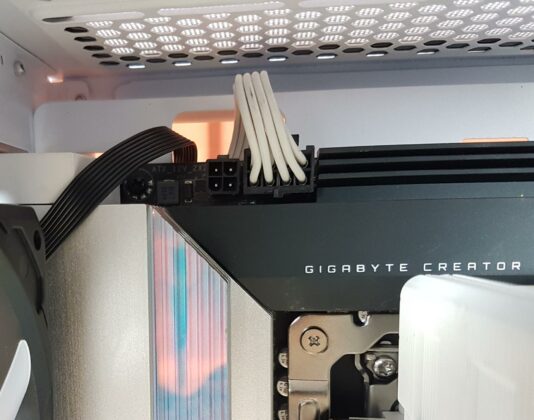

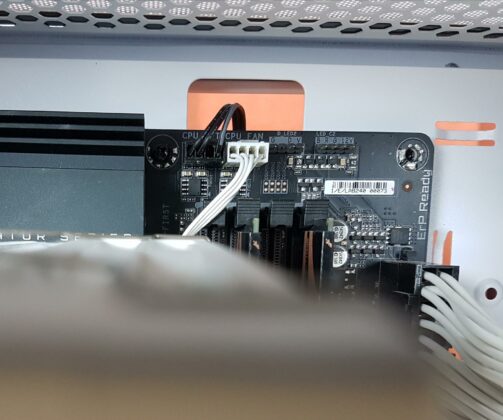
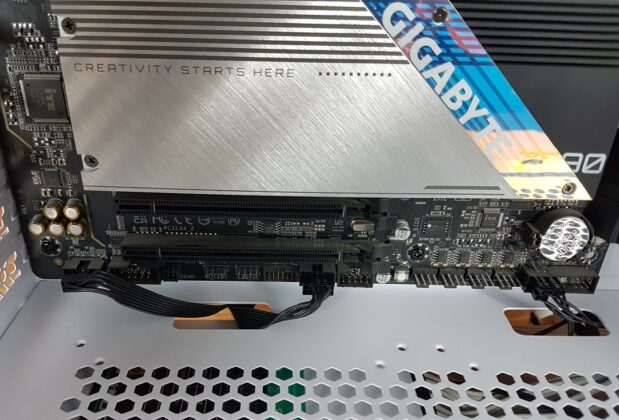





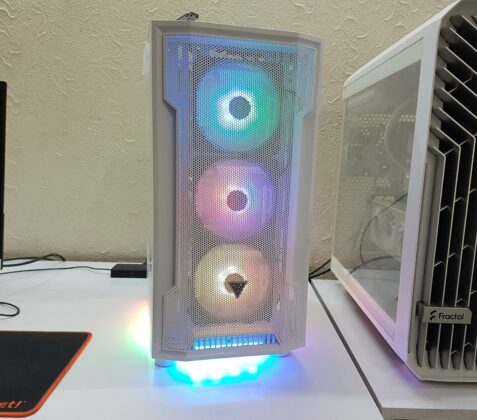











![6 BEST 120mm Case Fans [Tested] Best 120mm Case Fans](https://tech4gamers.com/wp-content/uploads/2023/05/Best-120mm-Case-Fans-218x150.jpg)

![6 BEST Quiet PC Cases [Silent Cases] Best Quiet PC Cases](https://tech4gamers.com/wp-content/uploads/2023/02/Best-Quiet-PC-Cases-218x150.jpg)